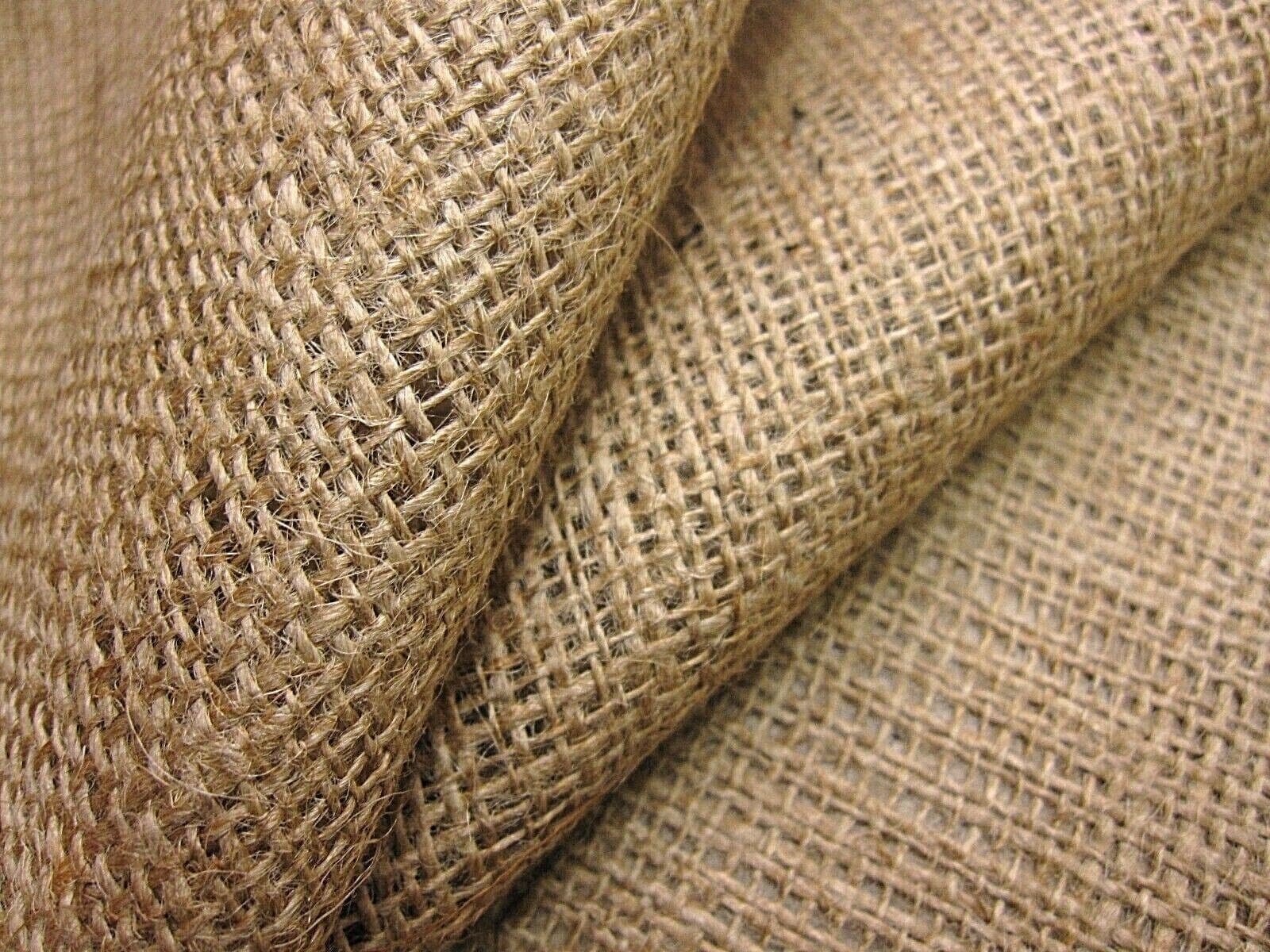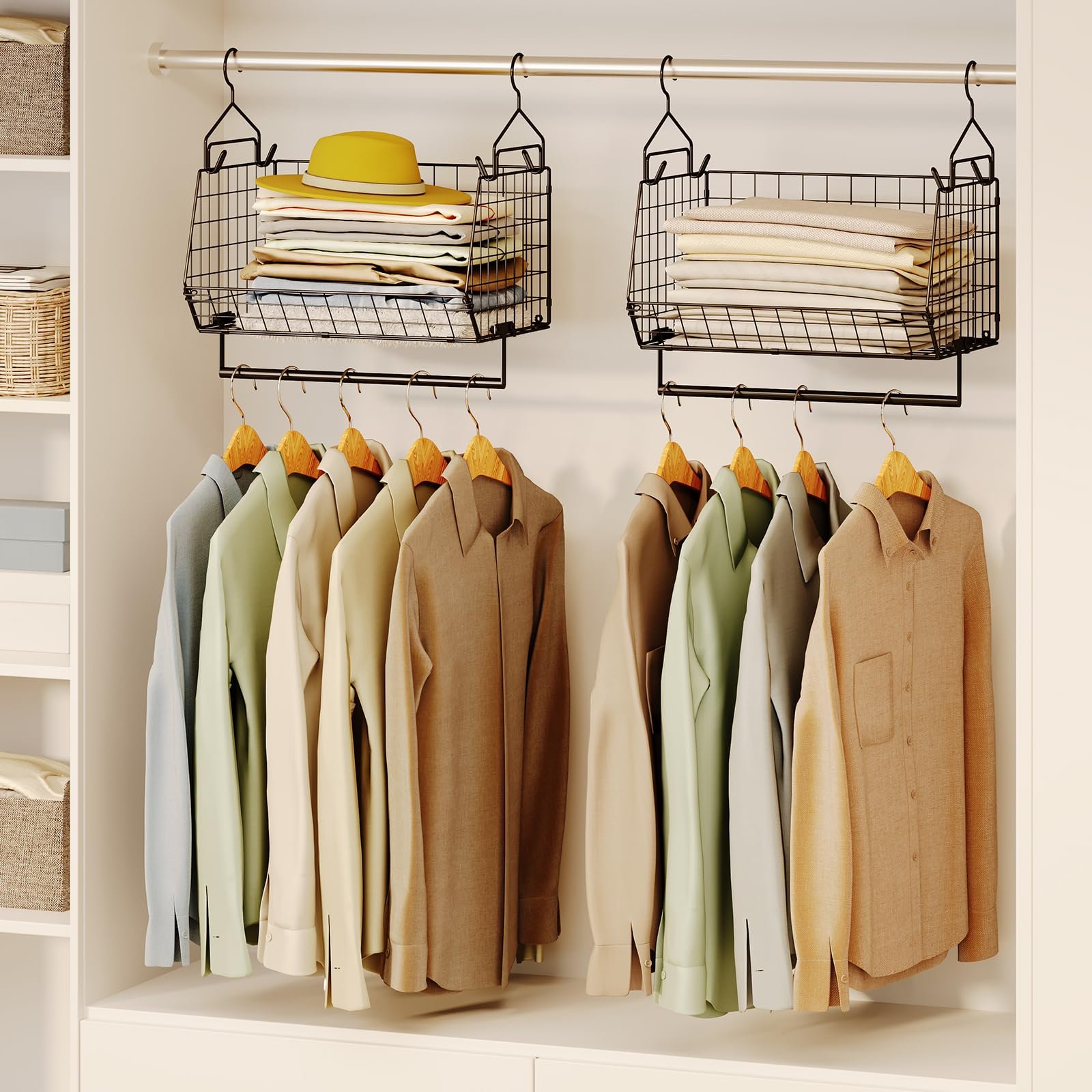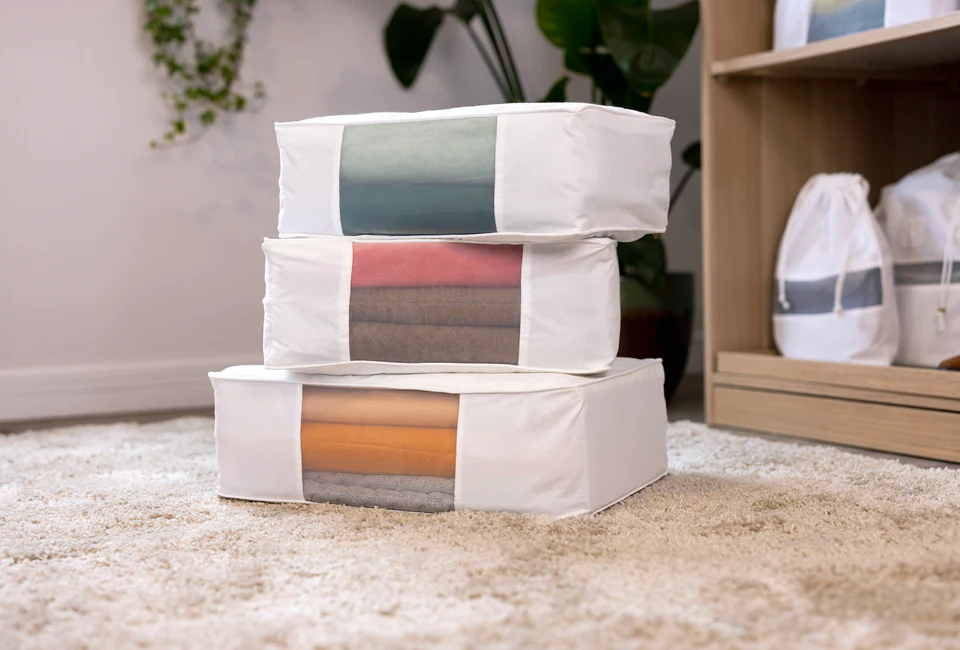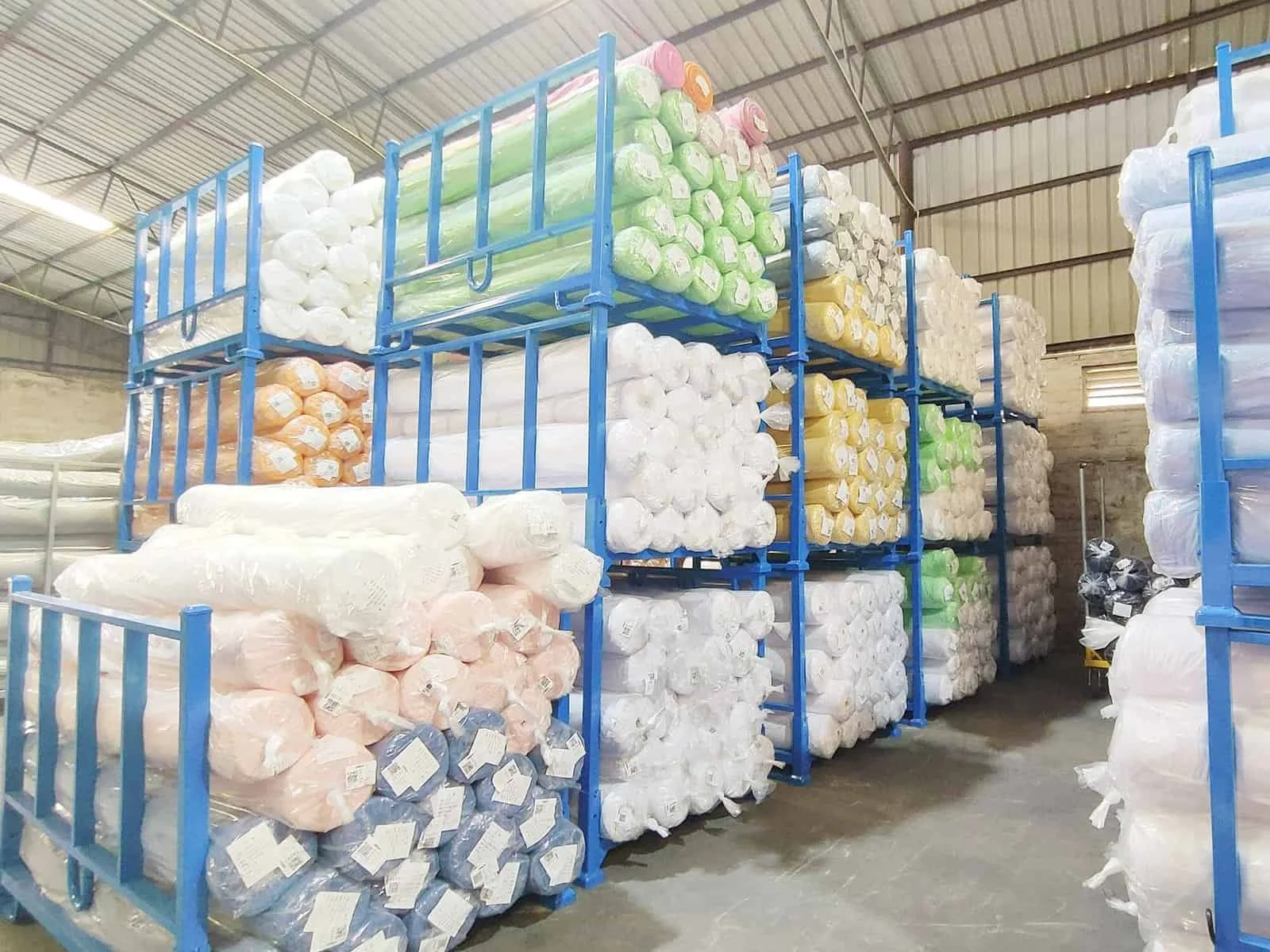Traveling light yet organized is an art. And if you’ve ever compared packing cubes vs compression bags, you know it’s not always clear which one is best for your needs.
Whether you’re heading on a weekend getaway or a long-haul trip, choosing the right packing method can make or break your luggage experience. In this article, we’ll compare these two popular packing tools—highlighting when to use them, their pros and cons, and how to combine them effectively.

What Are Packing Cubes?
Packing cubes are lightweight, zippered fabric containers used to organize clothes and travel items within your luggage. They come in various sizes and often have mesh tops for visibility and ventilation.
Advantages of packing cubes:
Great for organizing by clothing type or outfit
Help reduce wrinkles by minimizing shifting
Make unpacking and repacking quick and tidy
Reusable at home for drawer or closet storage
Lightweight and foldable when not in use
Packing cubes work best for travelers who prioritize organization and convenience.
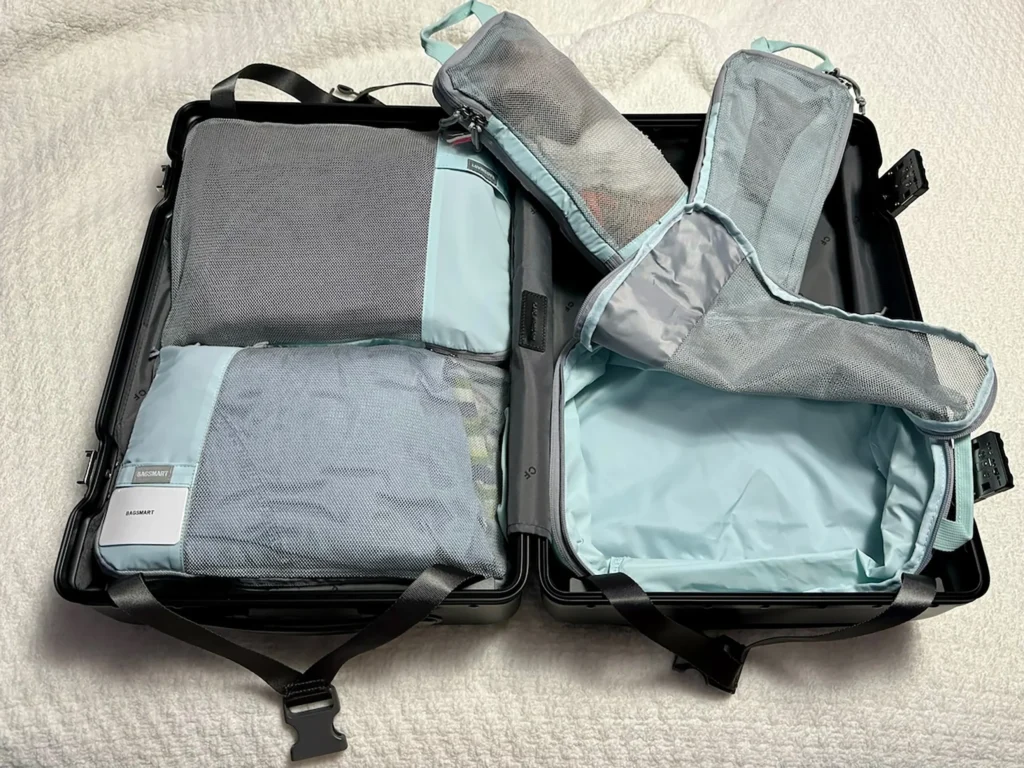
What Are Compression Bags?
Compression bags are designed to minimize bulk by removing excess air from clothing, either by rolling or using a vacuum. They’re especially useful for packing thick or bulky garments like sweaters, jackets, or bedding.
Advantages of compression bags:
Save significant space in your luggage
Ideal for cold-weather travel or long trips
Provide airtight protection from moisture or odors
Useful for dirty or damp laundry during travel
Compression bags are perfect for travelers who want to maximize space in limited luggage.
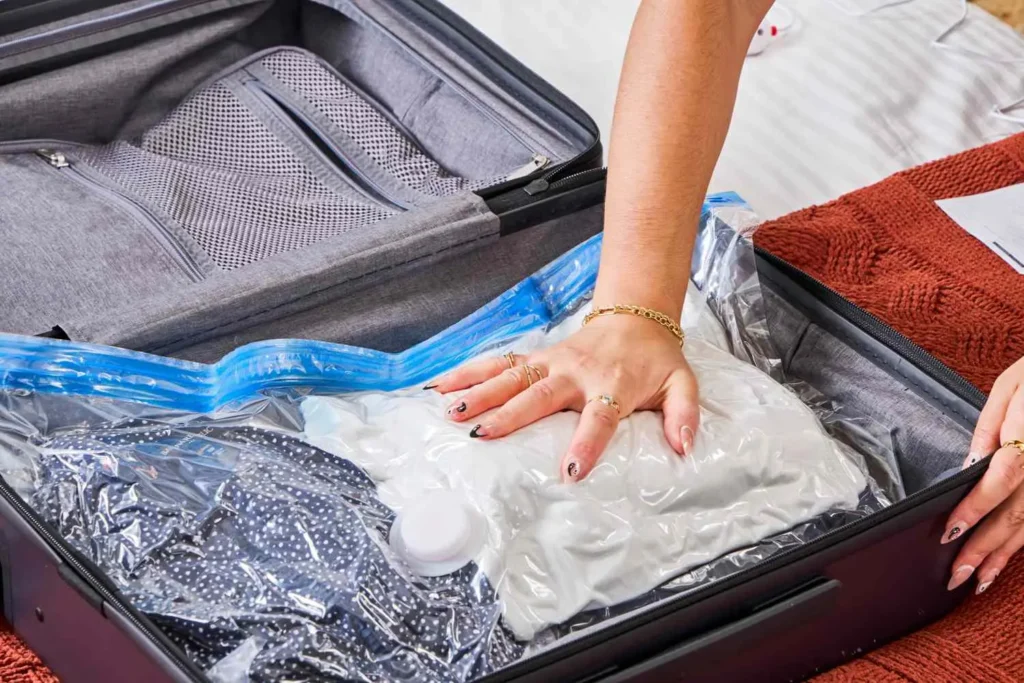
When to Use Packing Cubes
You should choose packing cubes if you:
Like keeping your clothes sorted and easy to access
Are visiting multiple destinations and need to repack often
Prefer visual organization with mesh tops
Travel with family and want to color-code by person
Want to use the cubes at home when not traveling
Packing cubes make your suitcase feel like a dresser drawer, neat and efficient.
When to Use Compression Bags
Choose compression bags if you:
Are traveling with bulky items or winter clothing
Want to fit more into your carry-on
Need to separate damp or dirty laundry
Don’t need to access all items frequently during the trip
Prefer maximizing space over easy access
Compression bags reduce volume but can limit quick access to contents.
Can You Use Packing Cubes vs Compression Bags Together?
Yes! In fact, many experienced travelers use both in a single trip.
Use compression bags for thick items like coats or hoodies. Then use packing cubes for daily outfits, underwear, accessories, and electronics. This hybrid method lets you stay organized while saving space where it matters most.
Expert Tips for Smarter Packing
Use mesh-top cubes to easily identify contents
Avoid overstuffing compression bags to prevent damage
Roll clothes before placing into compression bags for fewer wrinkles
Designate one packing cube or bag for dirty laundry
Store unused cubes flat inside one larger cube or pouch
FAQ: Packing Cubes vs Compression Bags
Q: Do compression bags save more space than packing cubes?
Yes. Compression bags can reduce clothing volume by up to 50%, especially with bulky fabrics.
Q: Can I use packing cubes at home too?
Definitely. They’re perfect for organizing drawers, closets, or under-bed storage.
Q: Are compression bags reusable?
Some are. Look for models with strong double zippers or air valves.
Q: Which one is lighter?
Packing cubes are generally lighter, especially compared to heavy-duty vacuum bags.
Q: Can I use both in one suitcase?
Yes! Use packing cubes for light items and compression bags for bulkier clothing.
Final Thoughts on Packing Cubes vs Compression Bags
If your priority is easy access and organization, packing cubes are the way to go. If you need to fit more in less space, compression bags are a better bet. For most travelers, a mix of both delivers the best results.
Now that you’ve seen the difference between packing cubes vs compression bags, you’re ready to pack smarter for your next trip.

